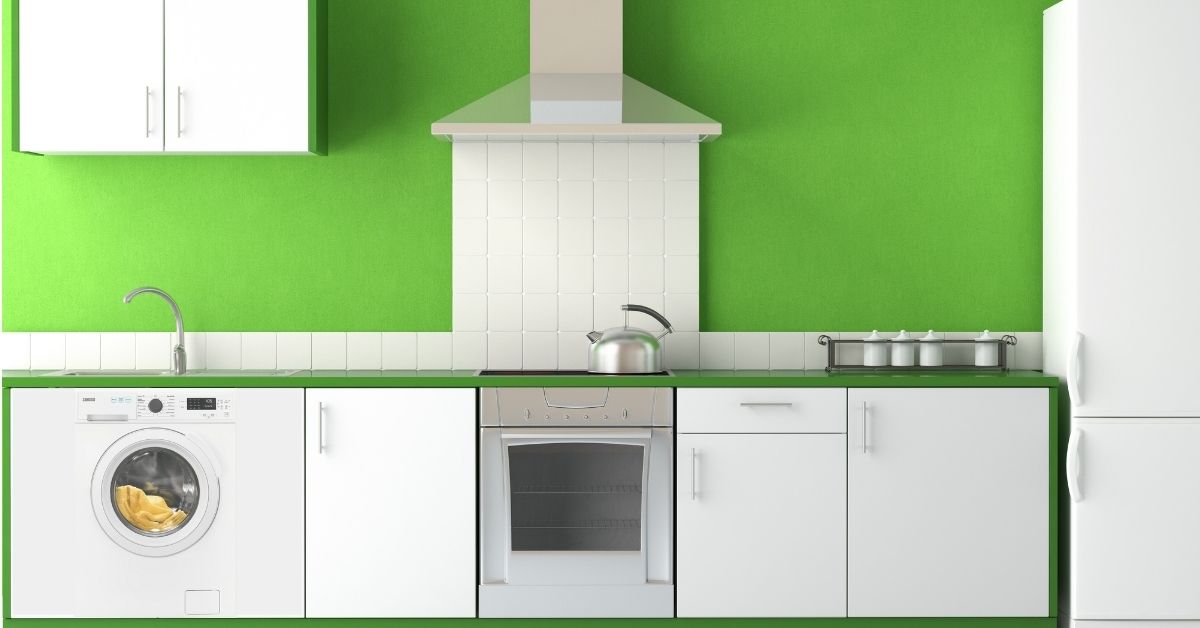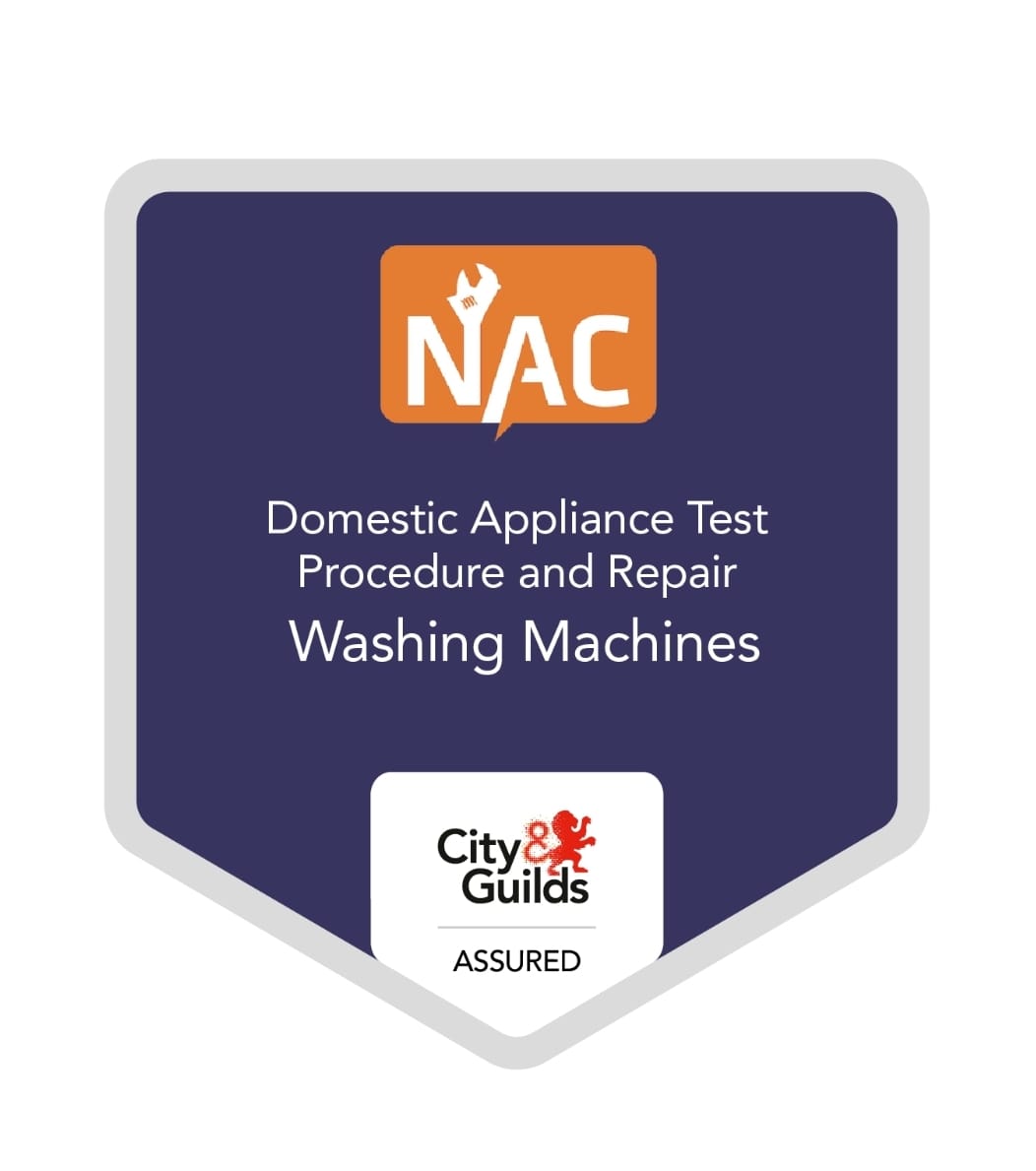7 Useful Tips For Reducing Harmful Bacteria From Your Washing Machine

Could your washing machine be harbouring harmful bacteria?
Did you know that there could be more than 700 types of bacteria living in your washing machine? This is not surprising considering the water, detergent, and fabric softener that accumulates on our clothes. Over time as the clothes are tumbled, the bacteria can multiply. If you have a front-loader washing machine there is, even more, to think about because they use so much water that it contains other forms of microorganisms from your drain system and household pipes.
Did you know that bacteria like E.Coli, Salmonella, Staph and many other Pathogens Bacteria can live in a washing machine?
Did you also know that studies have shown that there is often more bacteria on clothes after coming out of the washing machine compared to before going into it?
Bacteria can also make your washing machine smell nasty and this is especially true if you have a front-loading washing machine. Normally if you notice a horrible odour coming from your washer, it's time to deep clean your machine.
So, in this blog post, we will discuss what steps you can take to ensure that your washing machine does not harbour any dangerous bacteria so that you don't have to worry about getting sick every time you do laundry.
Here are 7 Useful Tips For Reducing Harmful Bacteria From Your Washing Machine:
1. Run a maintenance wash once a month
Less than 20% of people follow manufacturers recommendations and run a maintenance wash once a month. This is essential to remove any build-up of lint, dirt and grime that has accumulated inside your washing machine.
This might seem like a lot of effort, but all you need to do is follow your washing machine's instructions and it'll be done within 45 minutes. You can also use this as an opportunity to de-clutter and clean the inside of the appliance.
By cleaning your machine this way every month or so, you can ensure that harmful bacteria doesn't accumulate and cause sickness in your household. Unfortunately, using bleach isn't always enough to kill all of the bacteria as some types are very resistant to disinfectants.
2. Use bleach or other disinfectants to decontaminate
The best way to ensure that harmful bacteria doesn't accumulate in your washing machine is by using bleach or another disinfectant. This usually means adding as many as four cups (or more, depending on how big your washing machine is) of cleaning product into the drum before loading clothes and running the machine for at least half an hour. This can be expensive and time-consuming, but it is definitely worth the effort.
If you want to avoid bleach or other harsh chemicals, then there are several eco-friendly alternatives that use natural ingredients like lemon, vinegar or bicarbonate soda. This way it may still be possible to wash at 40 °C and still kill germs.
3. Wash underwear, towels and household linen at 60°C
The NHS website states that you should wash underwear, towels and household linen at 60°C to prevent the spread of germs. The higher the temperature, the more effective it is at killing bacteria.
Some of the most harmful germs can spread from dirty clothes and towels to your hands and then your mouth with only a few minutes of close contact with them.
4. Consider a steam deep clean
A washing machine steam clean can get your washing machine bacteria-free and smelling fresh again!
Steam cleaners work by heating up to 220°C which means they kill bacteria, they have different attachments and nozzles so you can clean most of the machines hard-to-reach places that are difficult to clean with just a cloth or detergents.
We recommend the soap draw, chamber scrub, main tub as well as the machine pump filter are all regularly steam cleaned by a washing machine repair specialist.
The process usually takes under 30 minutes which is great for those of you that want super quick results.
5. Don't overload the washing machine
Overloading your washing machine can lead to poor cleaning results. This is because there won't be enough water pressure to clean all of your clothes effectively, which means that some pieces will not get cleaned properly. As a result, this could cause bacteria and moulds to build upon dirty clothes if they are left too long.
Try to keep the washing machine load below half-full and make sure that you leave enough space for water, detergent and other cleaning products to circulate properly.
6. Repair or replace the door seal if it's damaged or worn
If the door seal on your washing machine is damaged, there's a chance that water could leak out during a cycle and make contact with bacteria. This can also happen if you have a gap between the rubber seal and the drum itself as it provides another point of entry for moulds to enter into your appliance.
It's important to check your washing machine for any gaps around its door. This is because these can allow bacteria, lint and dirt particles to enter into the drum during a wash cycle. If you have small children or pets who are often crawling on the floor of your laundry room, then this could be especially dangerous as they could ingest the dirt and bacteria.
7. Hang clothes outside to dry
You may not have considered this before, but hanging clothes outside to dry kills bacteria with the sun's UV rays. The sun acts as a natural disinfectant, so think twice about using the dryer next time which will save you money and reduce your energy consumption.
If the weather isn't great, then you can try drying them on a clothes rack indoors. However, it's important to remember that bacteria and moulds grow more quickly in warmer temperatures.
Conclusion
Below is a summary of the steps you can take to help ensure that your washing machine does not harbour any dangerous bacteria:
- Run a maintenance wash once a month.
- Wash underwear at 60°C.
- Consider using a washing detergent with a bleaching agent at lower temperatures.
- Regularly steam clean the soap draw, chamber scrub, main tub, as well as the machines, pump filter.
- Don't overload your washing machine.
- Replace damaged door seals.
- Hang clothes outside to dry in the sun whenever you can.
We really do hope you found these tips helpful and useful?
If you did, we would appreciate it if you could share them with your friends, family or work colleagues.
Need a repair?
If you need a repair or want to talk to us about your machine, please ring us on 07984 670782 or book an appointment via our online booking system.
If you have any questions, comments, or queries that come to mind, please get in touch with us at book@firstserveuk.co.uk or ring us on 0798 4670 782.

